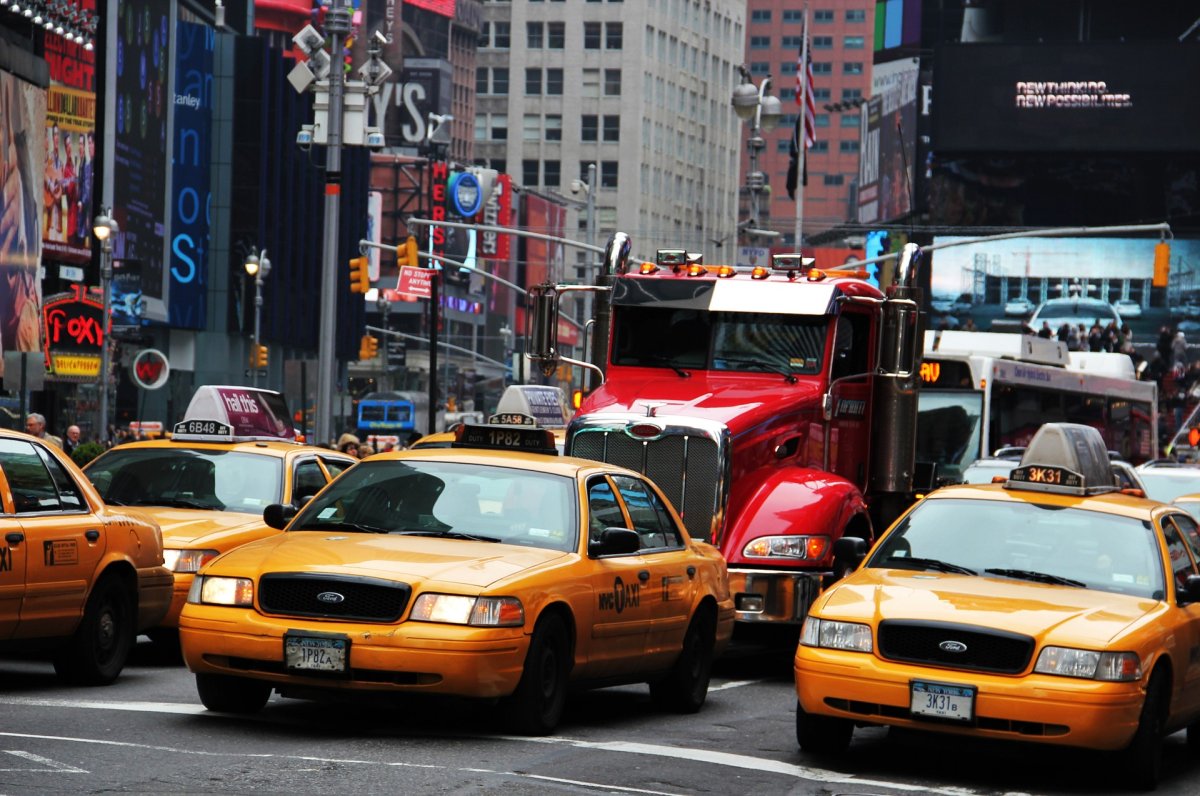
Honking. Pollution. Stunted economic growth.
Traffic sucks. It hinders every major metropolitan center worldwide. Now New York City, the planet’s second-most-congested city, might have a solution. If they do it right, it might catch on.
The idea is simple: congestion pricing. Want to drive in a busy part of the city? Pay a fee.
This is a win-win. It would discourage tight-fisted drivers from going there — or maybe from driving at all — which would reduce emissions. For drivers that do pay, the city can spend the money it collects on projects that reduce congestion. In New York, for example, that would mean using the funds to improve the city’s subway and bus systems, which, let me tell you, are in dire need of a cash injection.
There are a few cities worldwide that already have congestion pricing systems in place. But it hasn’t caught on yet in the U.S., in part because it’s not all that appealing to the average voter.
“It is almost universally acknowledged among transportation planners that congestion pricing is the best way, and perhaps the only way, to significantly reduce urban traffic congestion,” wrote a team of urban planners from UCLA in a 2016 issue of Access Magazine. “Politically, however, congestion pricing has always been a tough sell. Most drivers don’t want to pay for roads that are currently free, and most elected officials—aware that drivers are voters—don’t support congestion pricing.”
In NYC, the idea has been around for more than a decade. In 2007, then-Mayor Michael Bloomberg proposed the idea of congestion pricing in New York. His proposal never made it past the state assembly. Last summer, New York Governor Andrew Cuomo revisited the concept, telling The New York Times it was “an idea whose time has come.”

In October 2017, Cuomo assembled a state task force, Fix NYC, to draft a proposal on how congestion pricing would best work in New York. In that proposal, the group suggested charging vehicles a set price to enter busy areas of Manhattan depending on the vehicle’s size and intended use: $11.52 for passenger cars, $25.34 for trucks, and $2 to $5 per ride for taxis and for-hire vehicles.
According to the Fix NYC proposal, the city could implement the fee for taxis and for-hire vehicles within a year, with truck and car fees following in 2020.
Fix NYC delivered the proposal to state lawmakers in January. Those lawmakers are currently working to deliver the state’s new budget by April 1, and they could decide to include congestion pricing within it.

If it doesn’t happen in NYC, other cities in the U.S. may give congestion pricing a go. Portland, Oregon, is also exploring congestion pricing, and a group in Los Angeles is promoting the idea as well (San Francisco tried, and failed, to pass its own congestion pricing system in 2010).
If New York does decide to take a chance on congestion pricing, it could start a domino effect across the nation.
It seems as though the biggest hurdle will be simply implementing the system. That’s at least what happened in Stockholm. “The closer you get to implementation, the more the drawbacks stand out,” Stockhold transportation director Jonas Eliasson told StreetBlog NYC. “If you survive this valley of political death, and people actually see the benefits, and also realize that, in addition to the benefits, it’s actually not as bad as you thought — it’s not so hard adapting to this — then support starts going up again.”
His advice to New York? Just do it.